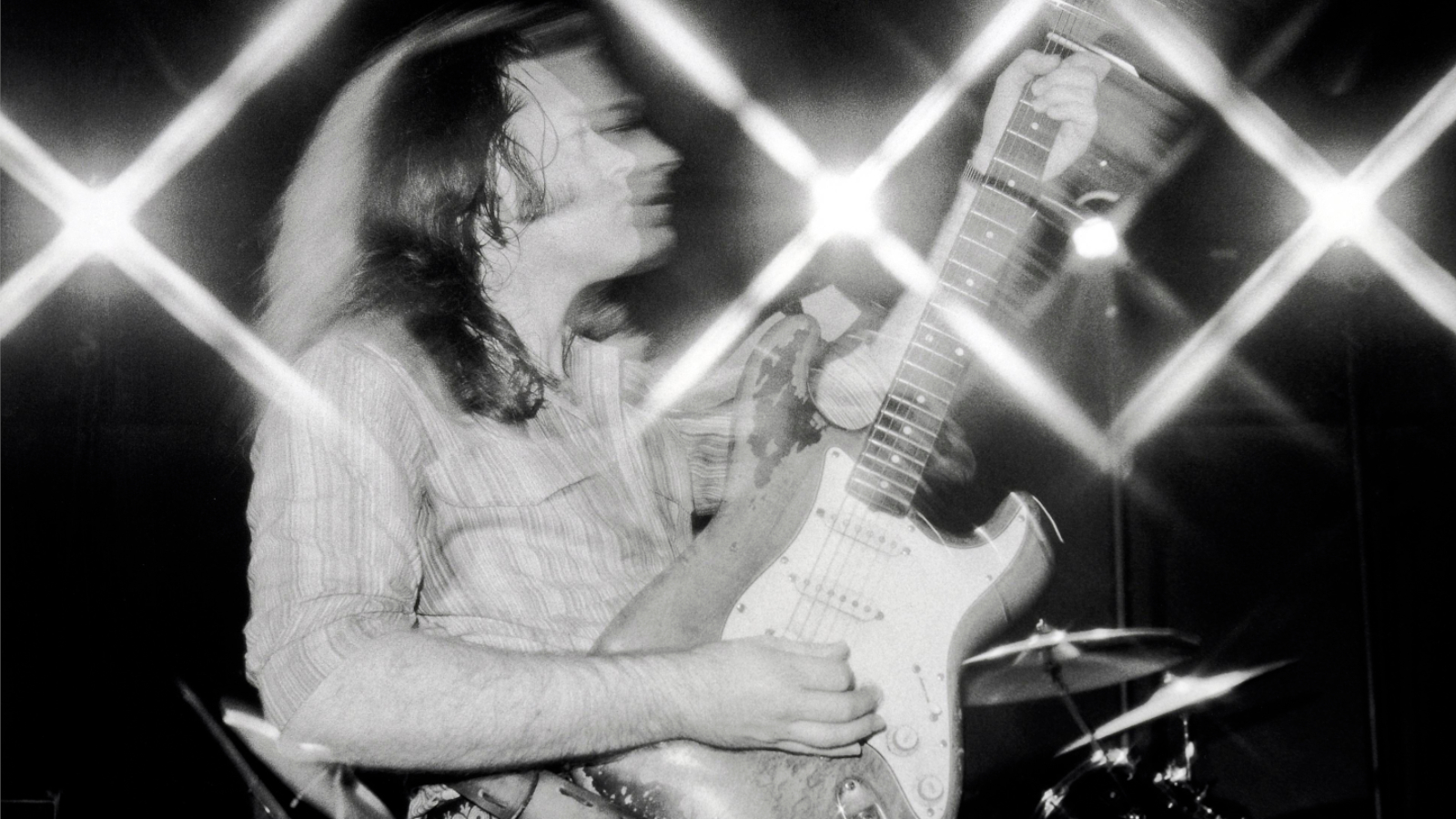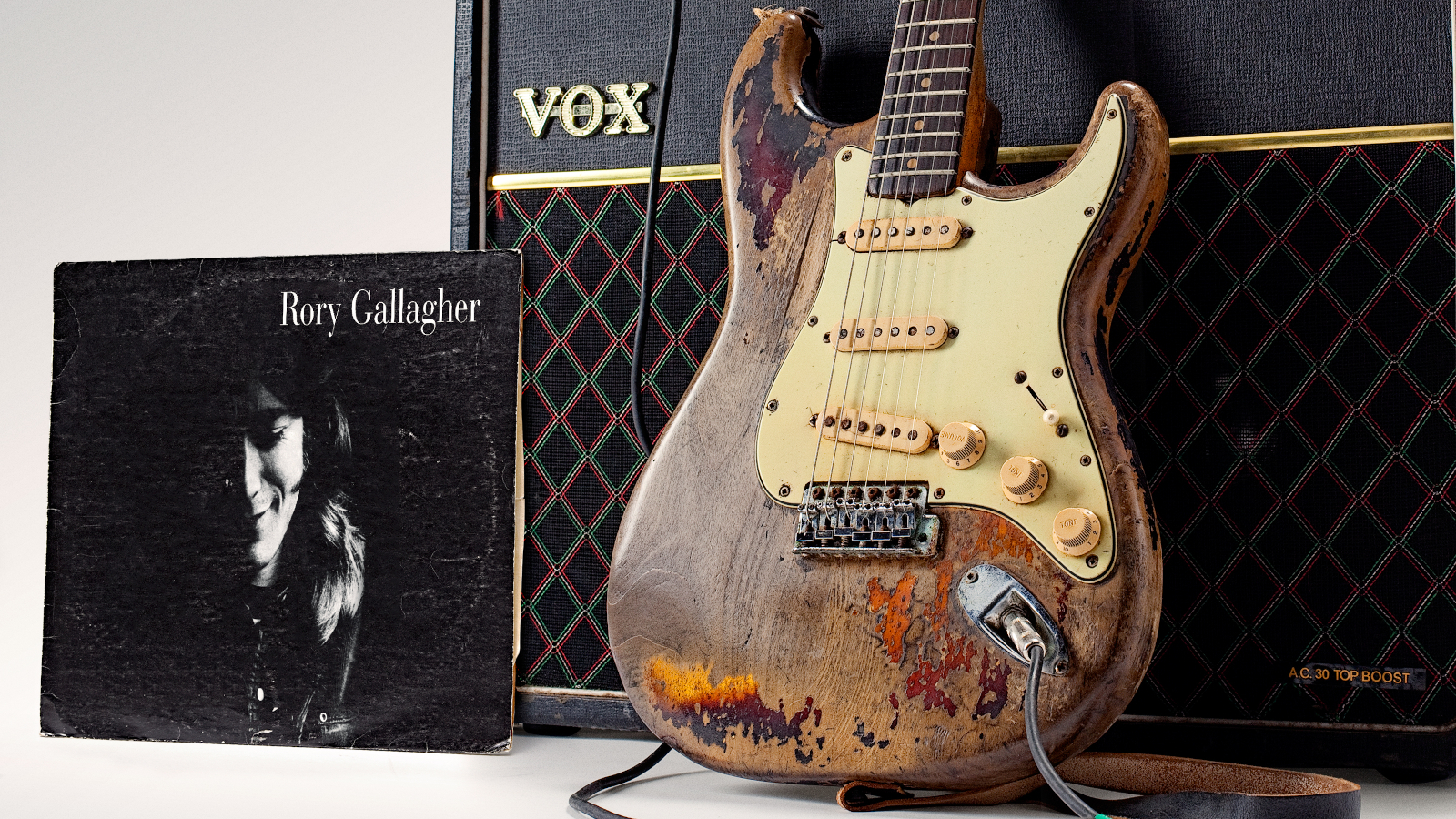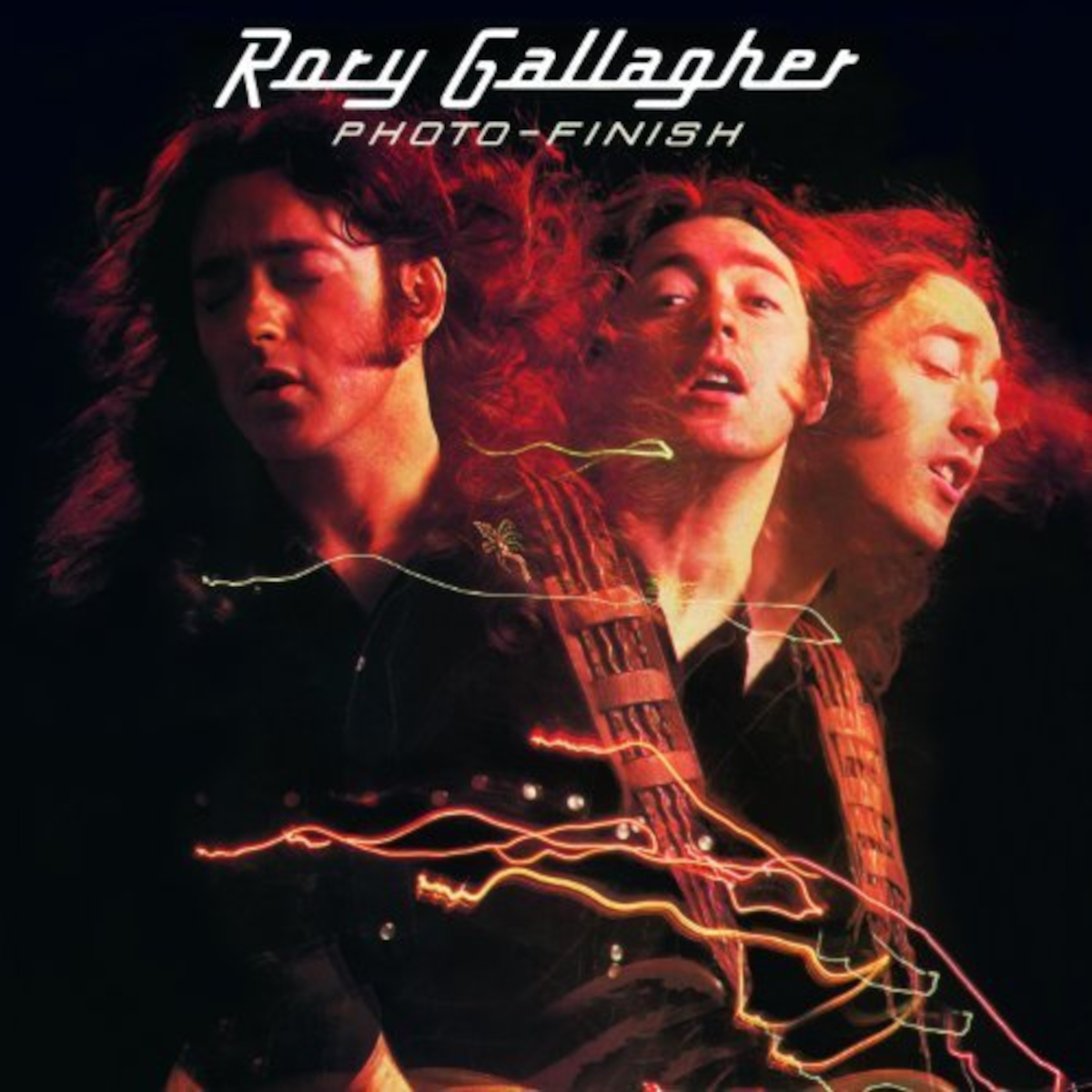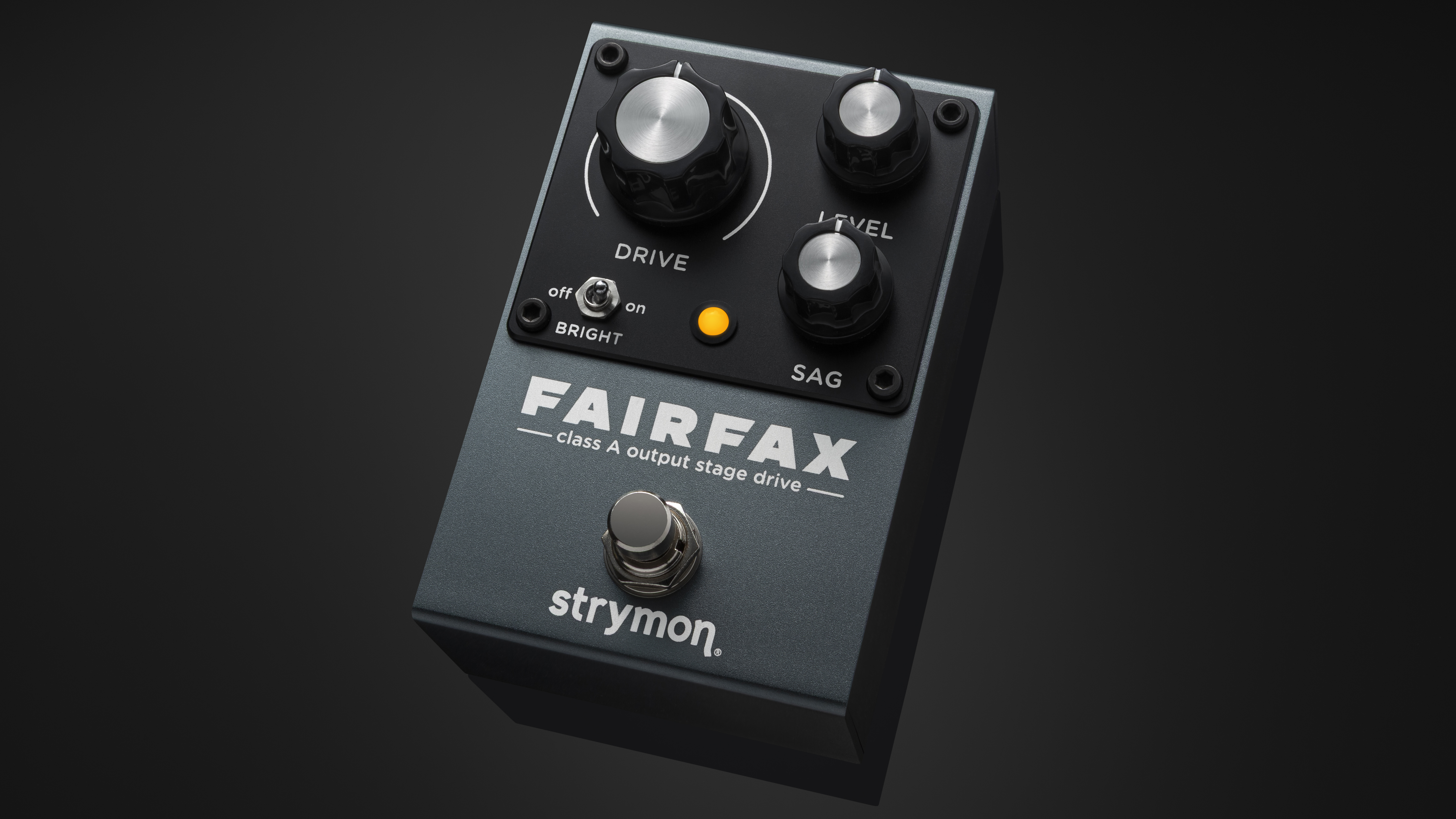Watch Rory Gallagher's Explosive "Shadow Play" Performance
In one of his greatest live performances captured on film, the Irish guitarist shows why he was so highly regarded by his peers

If ever a man let the music do the talking, it was Rory Gallagher. Onstage he wore the same old shirts and denims that he’d wear to the pub. His favorite guitar, a battered 1961 Stratocaster, looked like something he’d picked up from a flea market, its sunburst finish erased by all the sweat and wear and tear.
To Gallagher, what mattered was not how you looked but how you played
To Gallagher, what mattered was not how you looked but how you played. And he was simply one of the greatest guitar players that ever lived. He was so good that the Rolling Stones offered him a job in 1975, before Ronnie Wood was eventually chosen to replace Mick Taylor.
But Gallagher was never cut out for playing second banana to Jagger and Richards – he was a born leader, a virtuoso guitarist and a richly expressive singer. Moreover, he didn’t care for making hit records or playing by anybody’s rules but his own.
Gallagher was an explosive performer, a riveting entertainer, but he had no interest in flaunting or exploiting his wealth and fame. He refused to release singles, he never learned to drive, and he lived modestly in London.

Famous for his gentle and polite personality, Gallagher always made time for his fans. “He was such a purist,” Gary Moore once said. “He wouldn’t sell himself out. How many people do you know in the music business who would take that kind of stand? If there hadn’t been people like Rory around to set that example, it would probably spell the end of quality music.”
Famous for his gentle and polite personality, Gallagher always made time for his fans
Born William Rory Gallagher on March 2, 1948, in Ballyshannon, County Donegal, he was a natural guitarist, but he never stopped listening, learning, perfecting and personalizing the age-old techniques of the blues.
Equally, there was nothing casual about his relationships with country music, country and western, folk, jazz, boogie, rock and roll, and hard-line, no-nonsense riff rock. Gallagher served his apprenticeship in a number of mediocre local bands before finding his true calling as guitarist/vocalist with blues-rock power trio Taste.
All the latest guitar news, interviews, lessons, reviews, deals and more, direct to your inbox!
Between 1966 and 1970, the band made two acclaimed albums, opened for Cream at their farewell shows at the Royal Albert Hall, supported Blind Faith in America and appeared at the Isle of Wight Festival alongside Jimi Hendrix and the Who.

Despite Taste’s successes, Gallagher dissolved the band in 1970 to record and tour under his own name. And it was as a solo artist that he created his best work. Blues was always at the heart of his music, but his range extended from heavy rock and roll to folk. A purist to the end, he nevertheless sold more than 30 million albums over a 25-year period.
Gallagher’s love of the blues began early. It started with him tuning into the American Forces Network radio while growing up in Derry. “He’d somehow gotten the schedule of the programs,” recalls Rory’s brother and longtime manager, Donal, “because I remember he’d tune in for the Jazz Hour. It was like an obsession for him.
He continues to serve as a role model for Irish musicians and an inspiration to all kinds of guitarists
“But during that program they would also introduce some blues music. There was also a parallel to that on the BBC, which was the World Service. These were the initial places that Rory fed off for the blues.
“Then we moved to Cork City. He’d go in and grab books out on the blues at the library there – anything that referenced blues music. I suppose he saw parallels with the traditional music in Ireland and, coming from the background that we were coming from, there was a growing civil rights movement as well. So he’d sort of taken blues on as his adopted music.”
Gallagher died in a hospital on June 14, 1995, from complications arising from a liver transplant. He was 47 years old. He left behind a body of work that is revered. Even in death, he continues to serve as a role model for Irish musicians and an inspiration to all kinds of guitarists.
He is commemorated with a bronze statue in Ballyshannon, and a sculpture of his guitar at Rory Gallagher Corner in Dublin’s Temple Bar district. He was, and always will be, a true Irish folk hero.

Order Rory Gallagher’s Photo-Finish album here.
Guitar Player is the world’s most comprehensive, trusted and insightful guitar publication for passionate guitarists and active musicians of all ages. Guitar Player magazine is published 13 times a year in print and digital formats. The magazine was established in 1967 and is the world's oldest guitar magazine. When "Guitar Player Staff" is credited as the author, it's usually because more than one author on the team has created the story.
